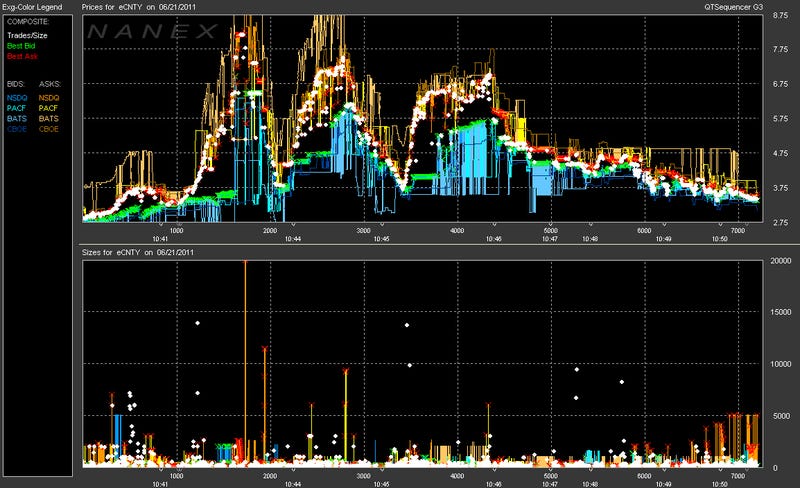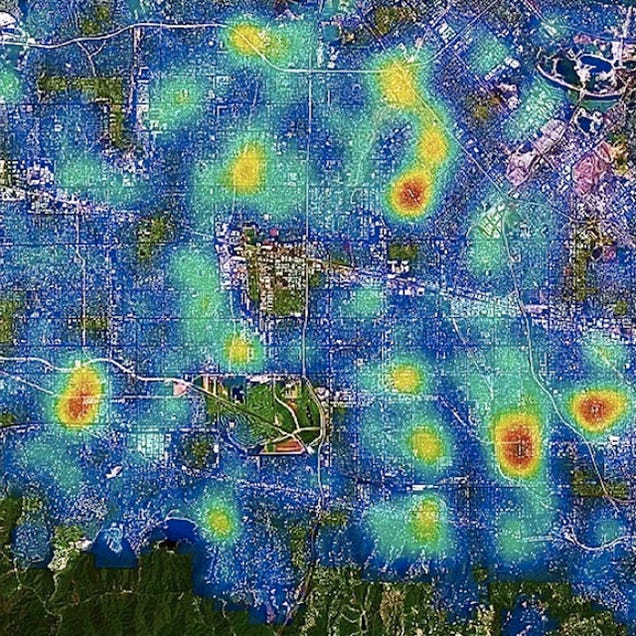The 10 algorithms that dominate our world (Part 2)
- Ngoc Huynh
6. Google AdWords
Similar to the previous item, Google, Facebook, and other sites track your behavior, word usage, and search queries to deliver contextual advertising. Google’s AdWords — which is the company’s main source of revenue — is predicated on this model, while Facebook has struggled to make it work (when’s the last time you clicked on an ad while in Facebook?).
7. High Frequency Stock Trading

The financial sector has long used algorithms to predict market fluctuations, but they’re also being used in the burgeoning practice of high-frequency stock trading. This form of rapid-fire trading involves algorithms, also called bots, that can make decisions on the order of milliseconds. By contrast, it takes a human at least one full second to both recognize and react to potential danger. Consequently, humans are progressively being left out of the trading loop — and an entirely new digital ecology is evolving.
8. MP3 Compression

Algorithms that squeeze data are an indelible and crucial aspect of the digital world. We want to receive our media quickly and we want to preserve our hard drive space. To that end, various tricks have been designed to compress and transmit data.
Back in 1991, for example, Cisco Systems developed the Compressed Real-Time Protocol (CRTP). And in 1987, researchers in Germany came up with the now-ubiquitous MP3, a compression scheme that reduces audio files to about a tenth of their original size. This compression scheme has revolutionized the music industry (for better or worse).
9. IBM’s CRUSH

This one doesn’t dominate our world yet, but it could very soon. An increasing number of police departments are utilizing a new technology known as predictive analysis — a tool that most certainly brings a Minority Report-like world to mind.
Back in 2010, it was announced that, by using IBM’s predictive analysis software (called CRUSH, or Criminal Reduction Utilizing Statistical History), Memphis’s police department reduced serious crime by more than 30%, including a 15% reduction in violent crimes since 2006. Inspired, other cities have taken notice, including those in Poland, Israel, and the UK. Pilot projects are currently underway in Los Angeles, Santa Cruz, and Charleston.
It works through a combination of data aggregation, statistical analysis, and of course, cutting-edge algorithms. It allows police to evaluate incident patterns throughout a city and forecast criminal “hot spots” to “proactively allocate resources and deploy personnel, resulting in improved force effectiveness and increased public safety.”
In the future, these systems will largely take over the work of analysts. Criminals will be tracked by sophisticated algorithms that monitor internet activity, GPS, personal digital assistants, biosignatures, and all communications in real time. Unmanned aerial vehicles will increasingly be used to track potential offenders to predict intent through their body movements and other visual clues.
10. Auto-Tune
Lastly, and just for fun, the now all-too-frequent auto-tuner is driven by algorithms. These devices process a set of rules that slightly bends pitches, whether sung or performed by an instrument, to the nearest true semitone. Interestingly, it was developed by Exxon’s Any Hildebrand who originally used the technology to interpret seismic data.
Cher’s “Believe” is thought to be the first pop song to feature auto-tuning
Source : http://io9.gizmodo.com/
